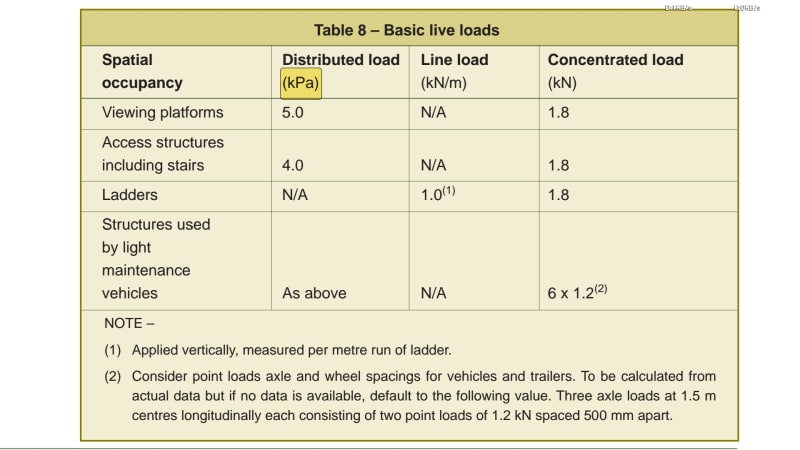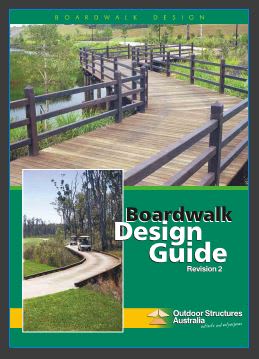struct_eeyore
Structural
Hello all,
I cannot find anything in ASCE 7 on live loads for a boardwalks. What I have is a narrow, 5' wide boardwalk that runs through some swamp - the whole thing sits about 1' above the ground. This is not a pedestrian bridge, just a nature trail. I have at the moment designed it for 60psf, which really seems like an overkill. Can anyone suggest a source to verify my load? (Would like to reduce it ideally) Thanks!
I cannot find anything in ASCE 7 on live loads for a boardwalks. What I have is a narrow, 5' wide boardwalk that runs through some swamp - the whole thing sits about 1' above the ground. This is not a pedestrian bridge, just a nature trail. I have at the moment designed it for 60psf, which really seems like an overkill. Can anyone suggest a source to verify my load? (Would like to reduce it ideally) Thanks!

![[idea] [idea] [idea]](/data/assets/smilies/idea.gif)

